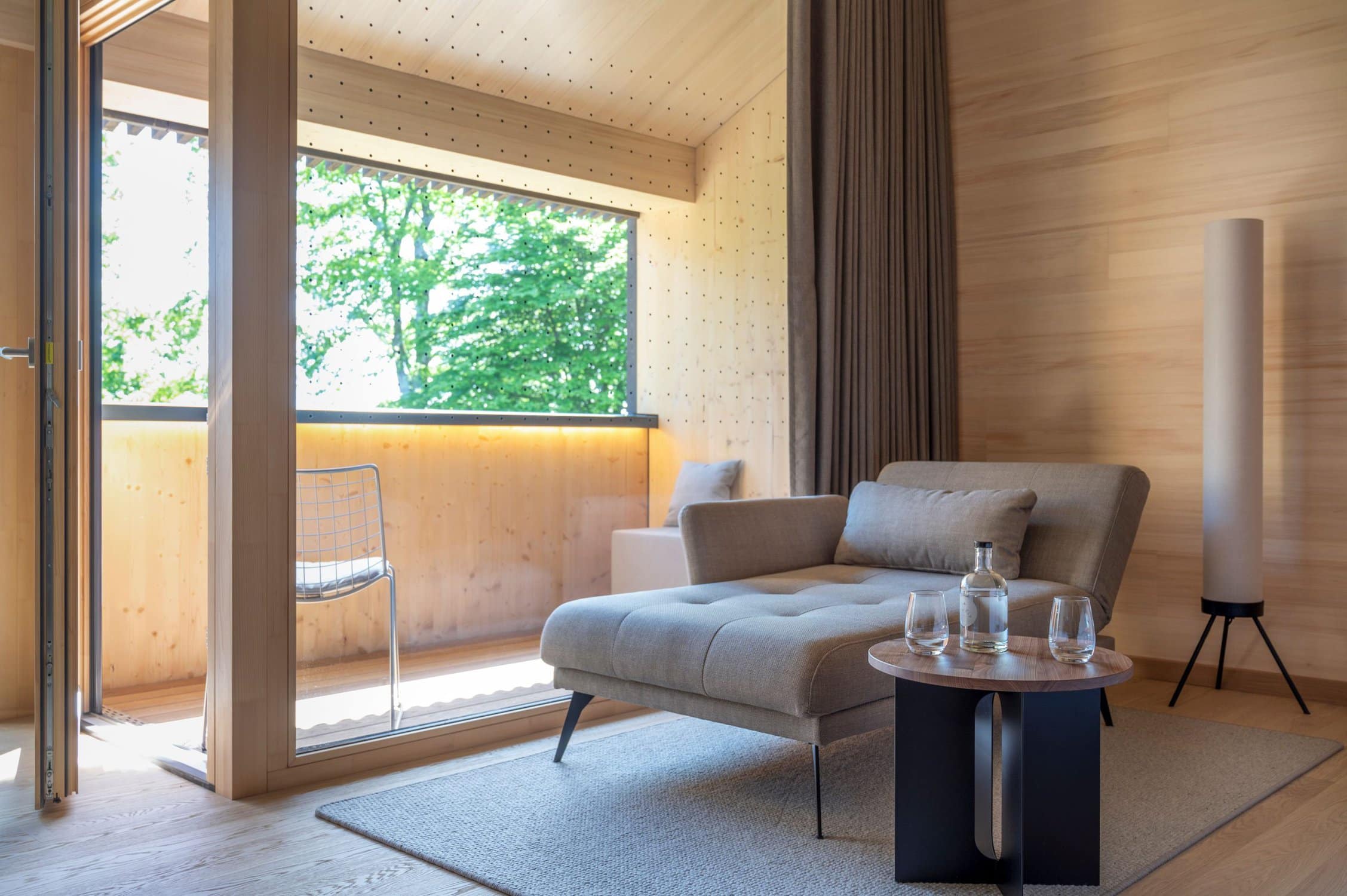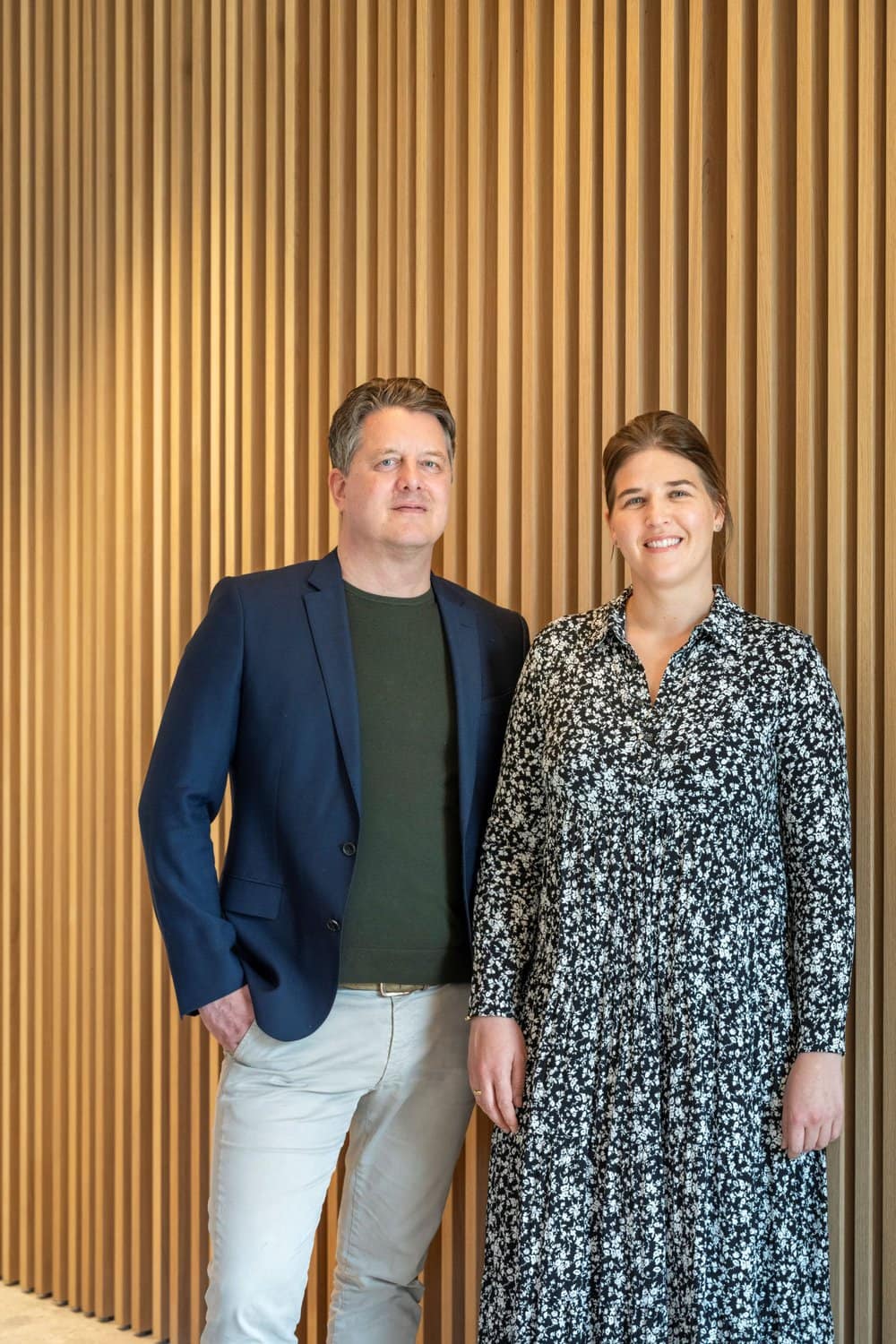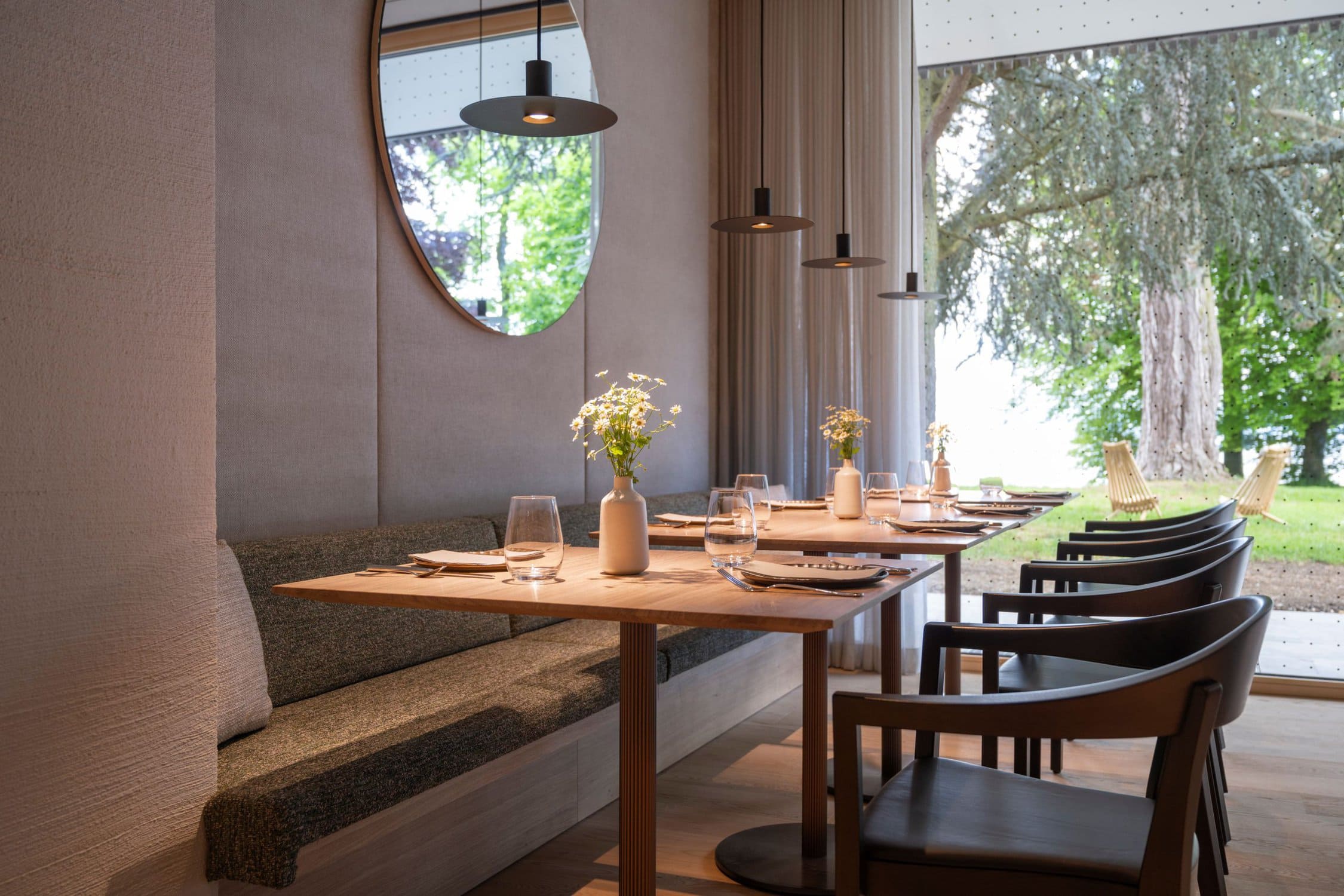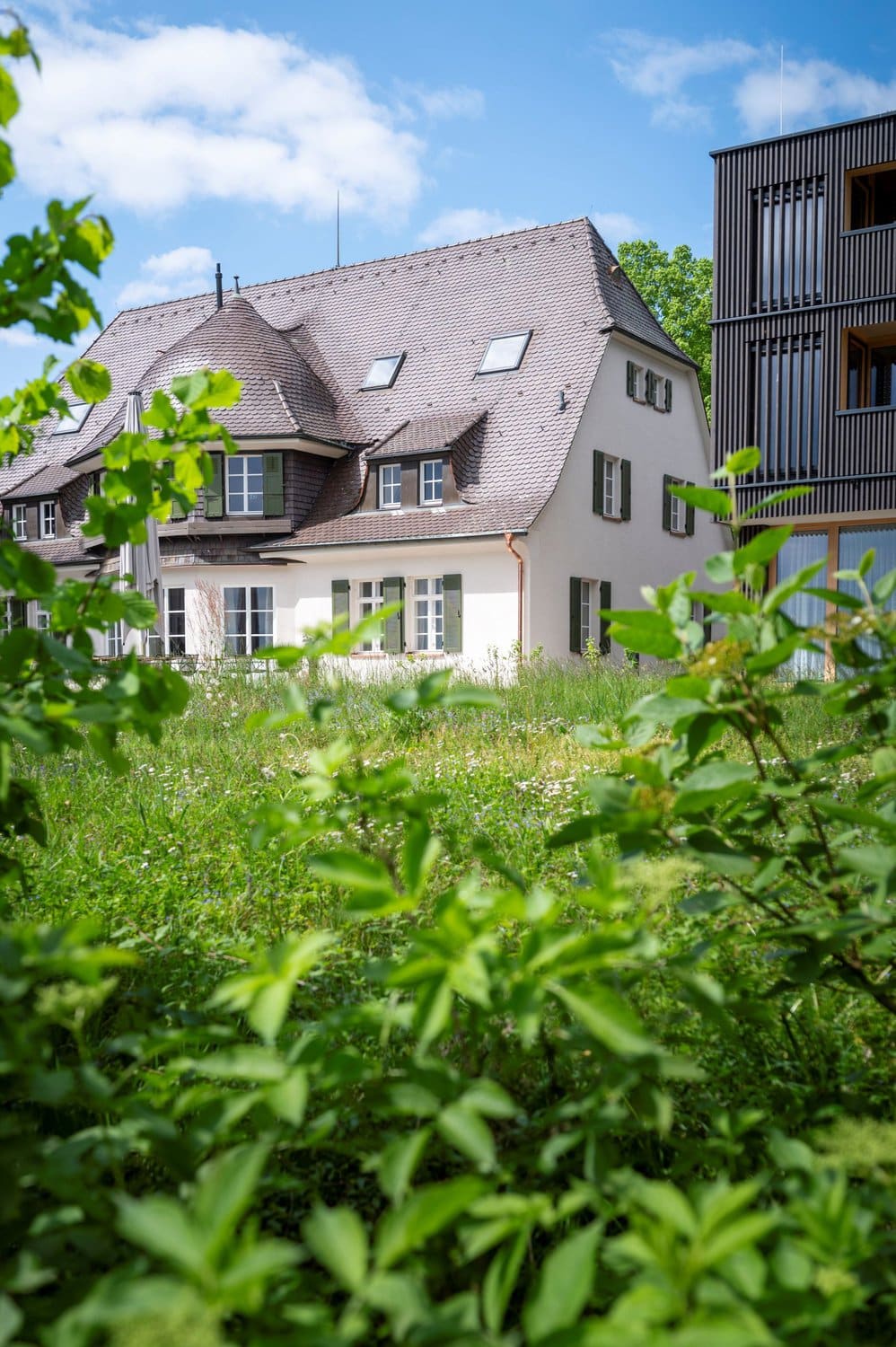Seegut Zeppelin x 10
Ten things to say about the newly opened Seegut Zeppelin:
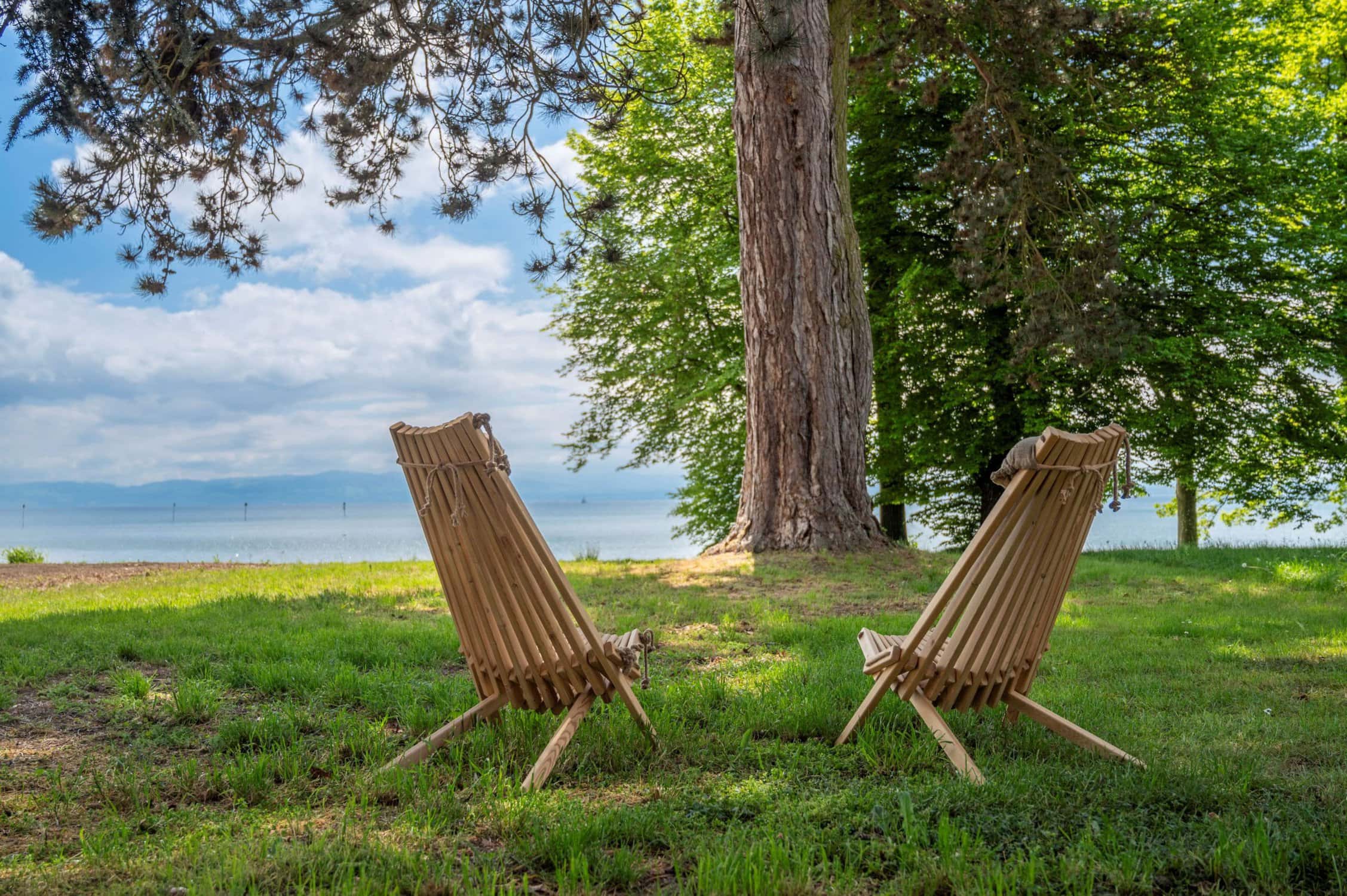
SUMMER RESORT
In 1908, Reutlingen-based textile manufacturer Gustav Gminder commissioned architect Theodor Fischer to build him a summer residence on Lake Constance. Today, the listed Villa Gminder, with its half-hipped roof, dormers and cupola, forms the heart of the Seegut Zeppelin.
ESTATE
As we all know, an estate comprises several buildings, and the Seegut Zeppelin estate is no different. The historic Villa Gminder is flanked by four modern blocks that have spruce façades. The new buildings also bear the names of the famous Zeppelin family: Ferdinand, Helena, Isabella and August.
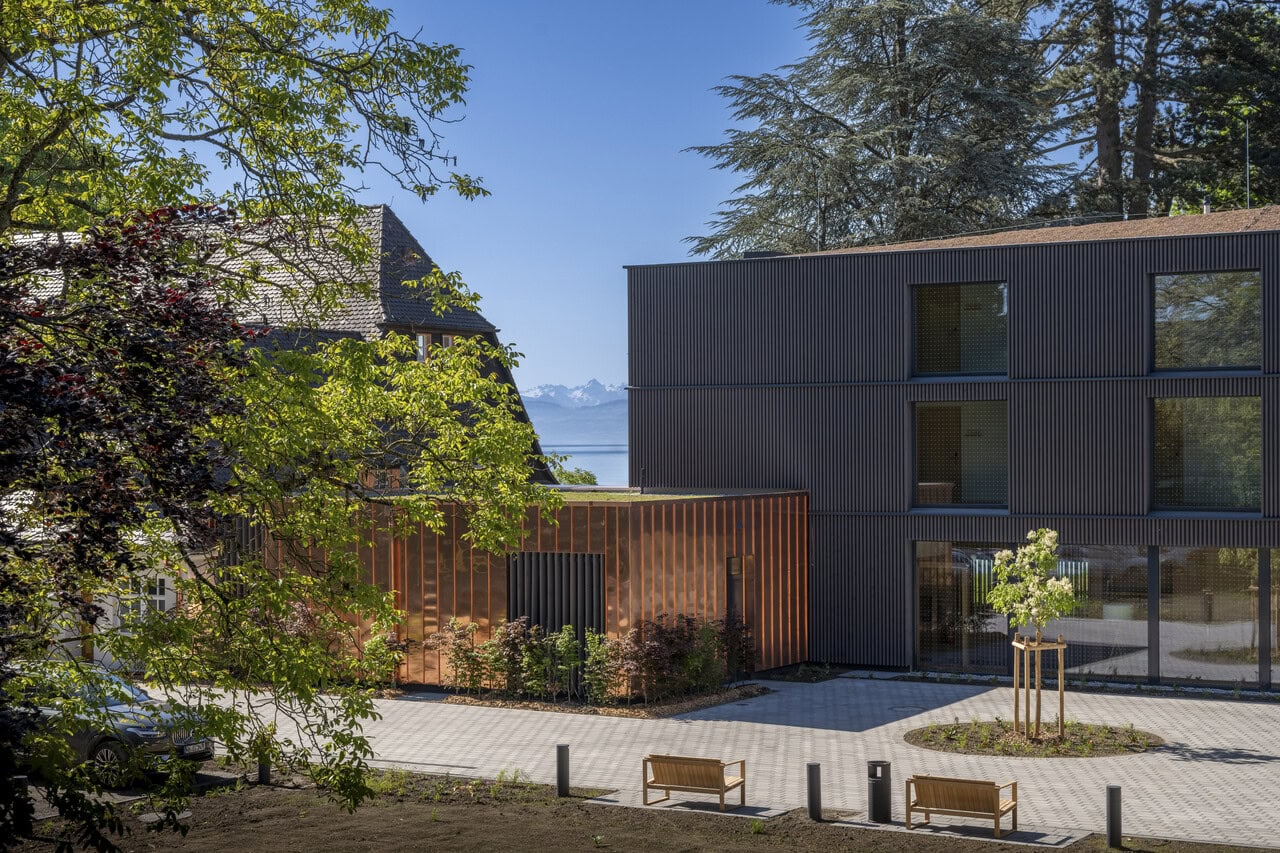
ZEPPELIN
Speaking of the Zeppelin… It’s not that implausible to see one of the famous airships flying here. Count Ferdinand von Zeppelin began his success story in Friedrichshafen. He completed his first flight across Lake Constance and still to this day, the Zeppelins glide like oversized fish through the air – albeit for different reasons to before.
50 METRES
63, 64, 65 and splash! Lake Constance is just a stone’s throw from the group of buildings. Between 63 and 67 steps is all it takes to cover the 50 metres to the water’s edge with private lake access – and of course a few less if you run. On your marks, get set, go!
NATURAL
The Seegut is situated in a conservation area, meaning the responsible interaction with nature is an official requirement. Wild birds must be able to spend the winter here in peace and a part of the park that’s fenced off with wild shrubs is set aside for flora and fauna. Also on the premises is an orchard meadow and a herb garden.
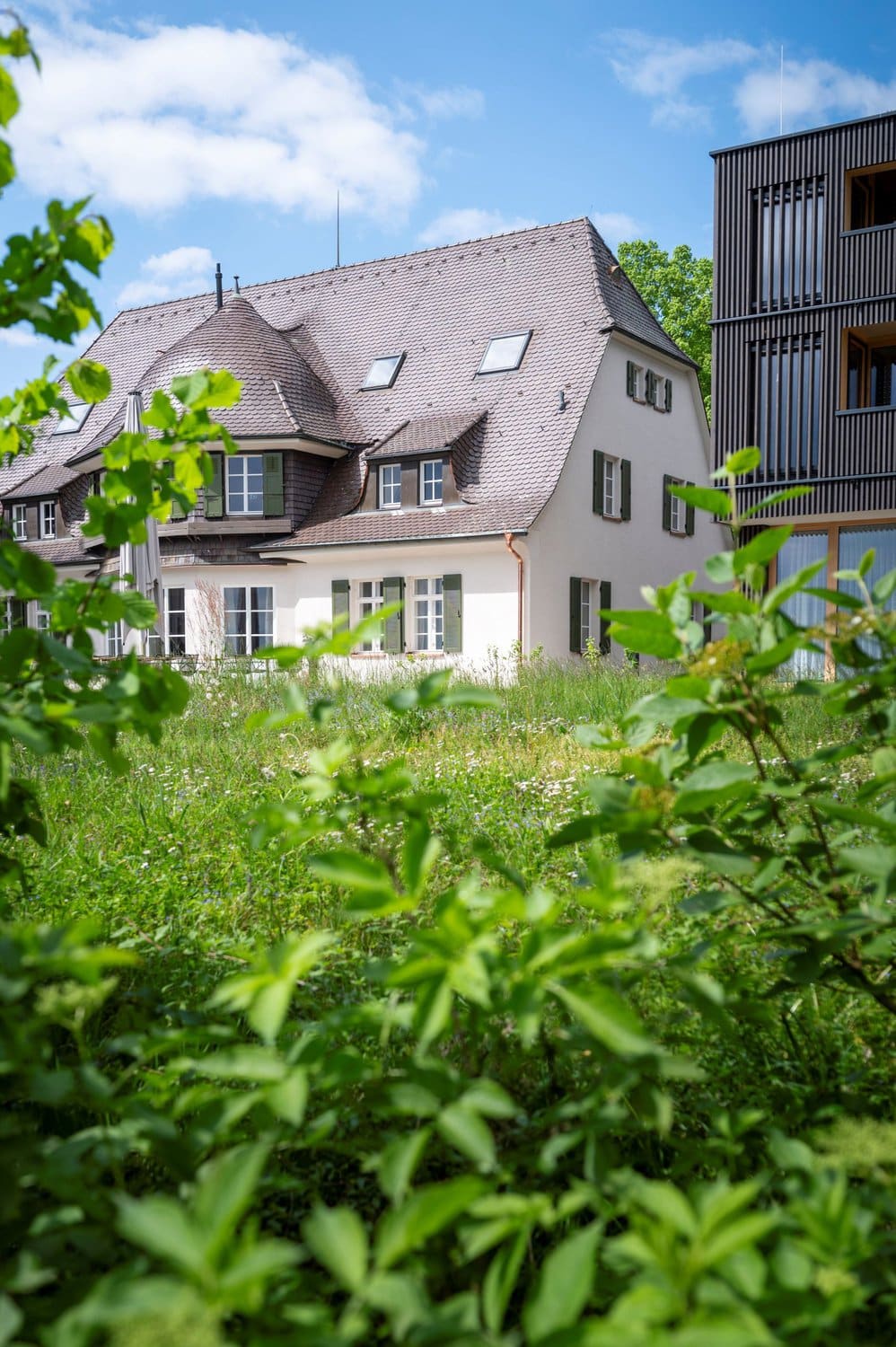
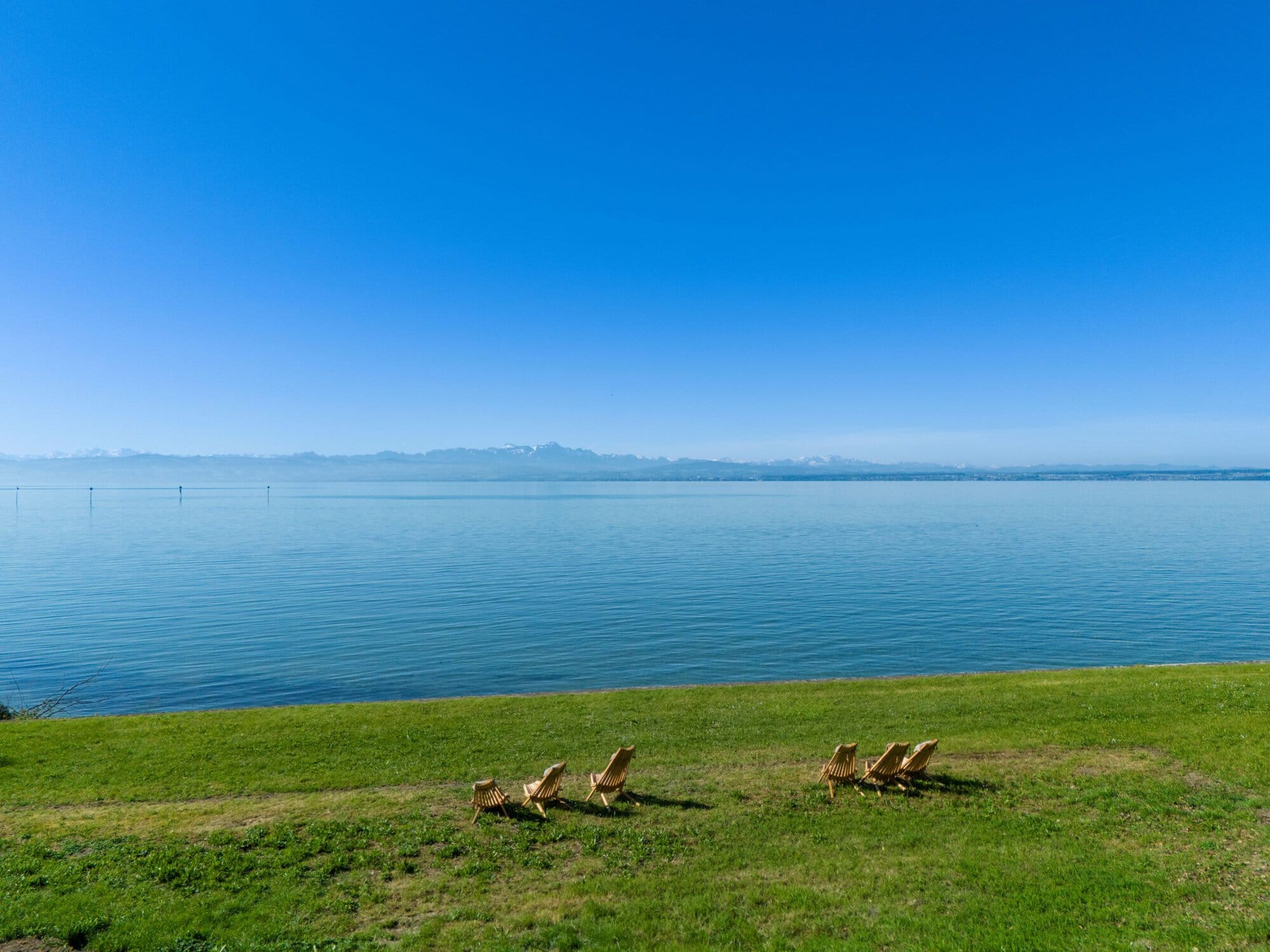
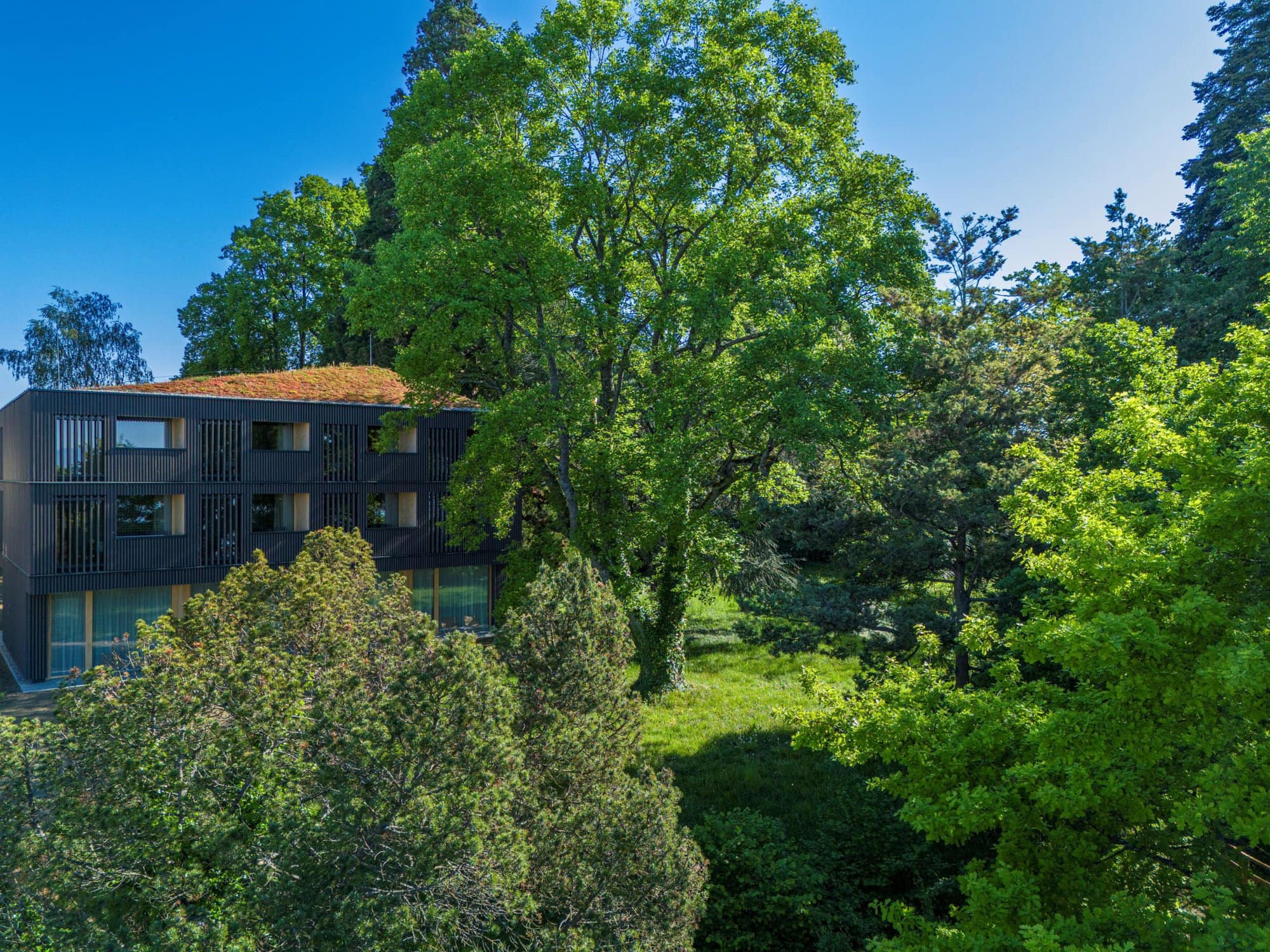
NAMESAKE
Also in the park is an impressive black pine, which is sure to have seen a great number of bathers in its time. The Pinus restaurant at Villa Gminder was given the Latin name of the tree.
SHARING IS CARING
Meat takes a back seat at the Pinus restaurant, with vegetarian cuisine taking the spotlight. The dishes are also designed for sharing in order to promote togetherness while eating.
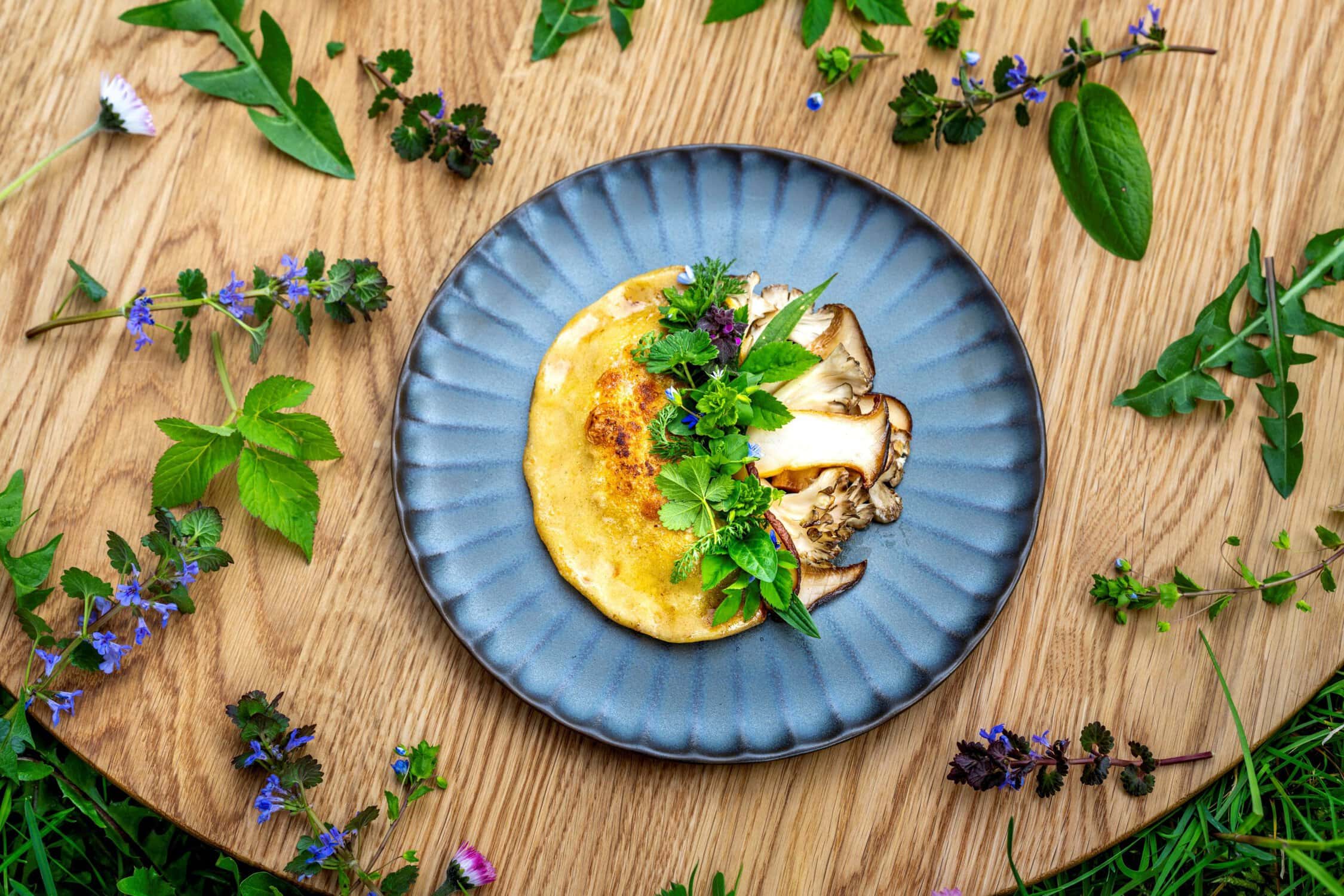
CONNECTED
The design prioritises natural materials in homage to the surroundings, as well as to history. Silver fir, oak, pebbles and chalk are used in equal measure with the half-linen invented by Gustav Gminder.
REGIONAL DESIGN
The 62 rooms and common areas are furnished with items from stores including Freifrau in Germany and Horgenglarus in Switzerland.
WELCOME
The hosts here are Sandra and Hendrik Fennel, whose sustainable concept for the hotel stood out during the tendering process. A couple of streets away, they also run the Hotel Maier.
